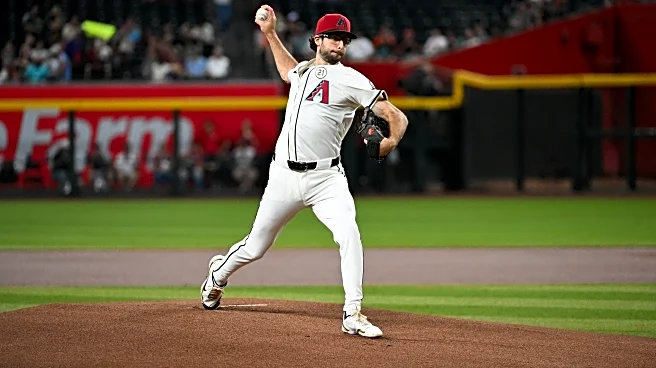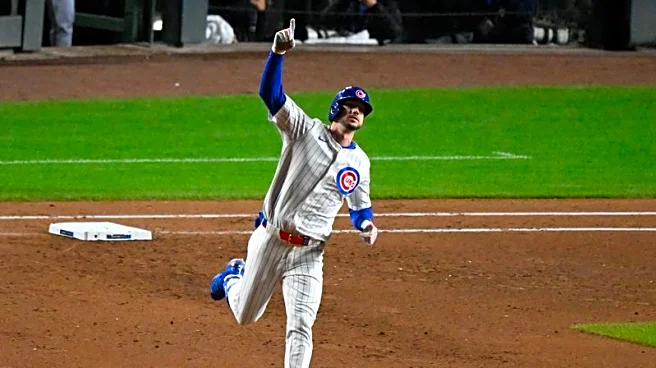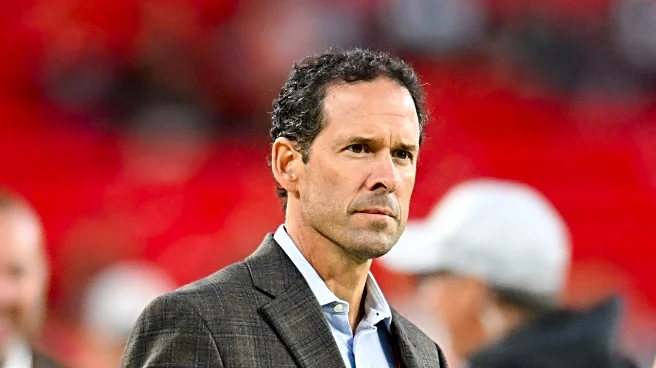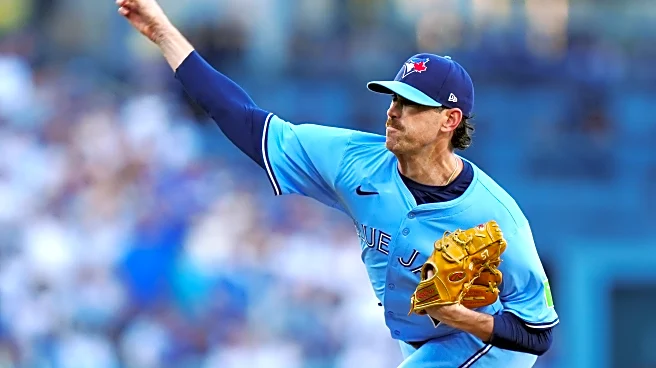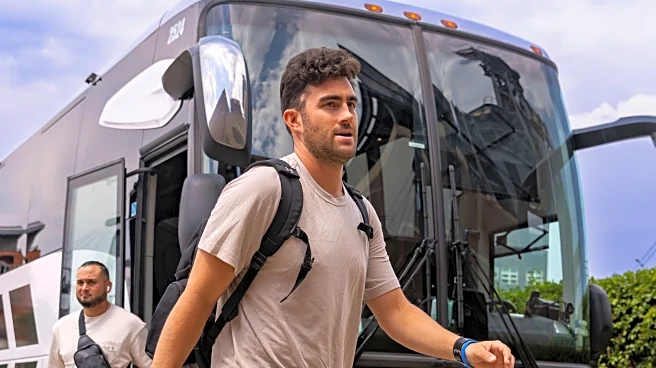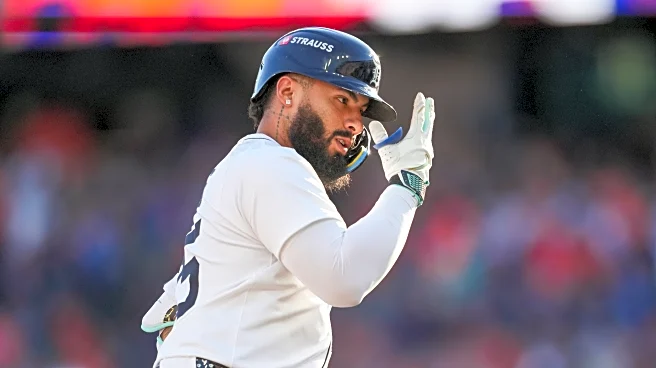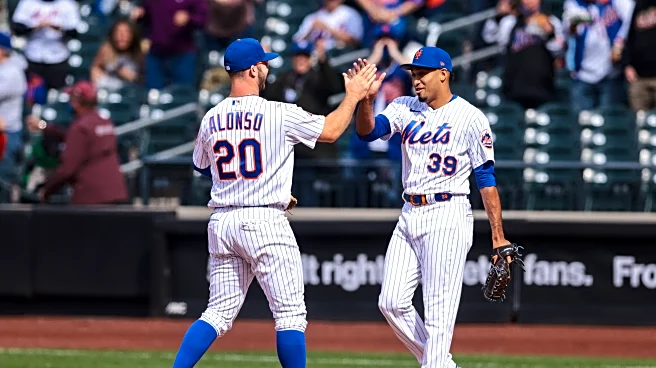It may have seemed doubtful at certain points during the season, but in the end, the obvious decision was, indeed, obvious. Opening Day starting pitcher Zac Gallen was tendered a qualifying offer by the team
today. This is basically a one-year contract, at a fixed price, determined by the average salary of the top 125 players last season. This winter, that works out at a mid-sized sedan with reasonable mileage over $22 million. The player now has until November 18 to decide whether to accept the offer, or turn it down and become a free-agent. History shows us the latter is more likely: last year only one (Reds right-hander Nick Martinez) of 13 accepted.
Back in mid-August we chewed over whether or not to do so. At the time, Gallen’s ERA was 5.31, and it felt like there was a non-zero chance he might accept the offer, look to rebuild his market value in Arizona over 2026, and re-enter the market next winter. Paying $22 million for a pitcher barely better than replacement level seemed like a dubious proposition. However, three-quarters of those polled still reckoned Gallen would be worth a QO. Zac did improve down the stretch: over his final eight starts, he had a 3.38 ERA and a 4.07 FIP. Expectations are he will decline the offer and see what free-agency brings.
This may or may not be a good idea. Last year, Nick Pivetta declined the QO, worth just over $21 million at that point. But he ended up signing a four-year deal with the Padres at a total value of $55 million. Given the stellar year he had in San Diego (13-5, 2.87 ERA), you can only imagine what he might have commanded, had he been entering the market now, rather than last winter. But from the point of view of the D-backs, the Gallen die has now been cast. Unless he signs back with the D-backs, they will now be looking at receiving some kind of draft compensation. The specific nature of that is… a little complex.
The first factor is financial: whether a team receives money from revenue sharing, and whether or not they pay competitive balance tax due to the size of their payroll. For the Diamondbacks, the answers are yes and no, respectively. The other question is then the size of the contract signed by the player with his new club, whether it is over or under a total of $50 million. Again, history gives us a guide: all 12 players who declined the QO last winter, ended up receiving deals over that mark. The lowest was $54 million, for two years of Pete Alonso (though he resigned with his existing club); the highest, Juan Soto’s $765 million.
On that basis, it seems likely Gallen will follow suit and get a $50m+ contract. If he does, and signs elsewhere, then the D-backs will receive a compensation pick after the first round of next year’s draft. I think the order among such teams is decided based on their record this season, if last year is anything to go by. Then, there were three teams eligible in that part: Arizona for losing Christian Walker (89 wins), Baltimore (91) and Milwaukee (93), so that’s the order in which they picked. It ended up #29 overall – three teams got a 10-spot penalty on their first picks for Competitive Balance Tax excesses – and was used by the Diamondbacks on pitcher Patrick Forbes.
But, for now, the ball is in Zac Gallen’s court. He has 12 days to make a decision, so we will see what happens later in the month.
